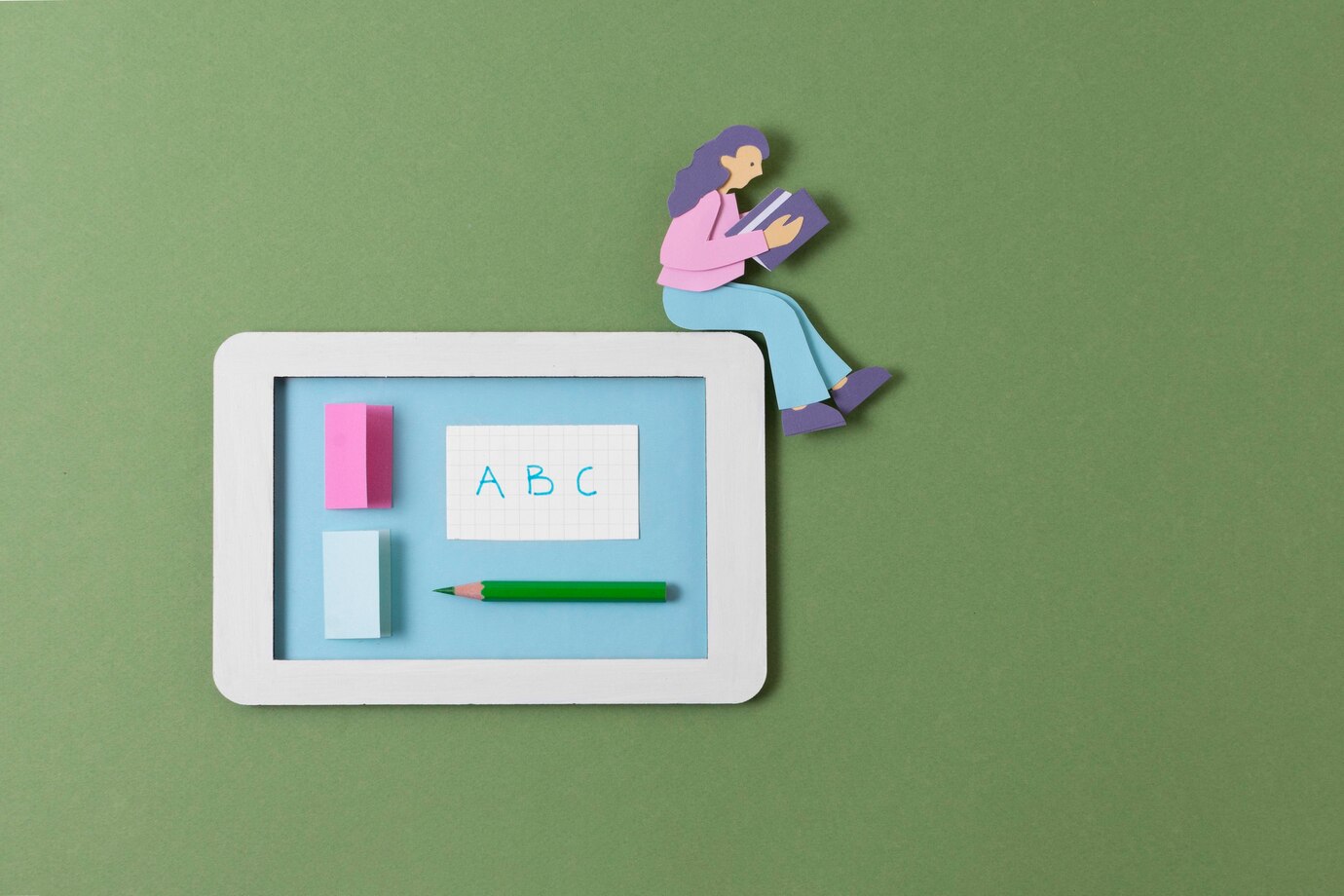
Balancing Technology Use with Kids: Creating Healthy Habits in a Digital World
In today’s digital age, technology is an integral part of our lives, and for children, it offers endless opportunities for learning, creativity, and entertainment. However, with the growing accessibility of screens—whether through smartphones, tablets, or computers—it’s essential to help kids develop healthy habits around technology use. Excessive screen time can lead to issues like reduced physical activity, sleep problems, and difficulty focusing. Here are some tips on how to encourage balanced technology use for kids, ensuring they benefit from digital tools while maintaining a healthy lifestyle.
1. Set Clear Boundaries and Screen Time Limits
Creating boundaries around screen time is crucial for ensuring children have a healthy relationship with technology. Depending on their age, set appropriate daily limits for non-educational screen use. The American Academy of Pediatrics recommends no more than one hour per day of recreational screen time for children aged 2-5, with gradual increases for older kids. Establishing clear rules—like no screens during meals or before bed—helps kids understand when and how it’s appropriate to use technology.
2. Encourage Active Screen Time vs. Passive Screen Time
Not all screen time is equal. Encourage your kids to engage in "active" screen time where they are learning, creating, or interacting with content in a meaningful way. Educational apps, interactive games, or content that fosters creativity (like coding or drawing programs) provide value beyond entertainment. On the other hand, passive screen time—like endlessly watching videos or mindlessly scrolling through social media—should be limited, as it doesn’t offer the same cognitive benefits.
3. Model Healthy Tech Habits
Children often mirror the behaviors they see in adults, so it’s essential to model healthy technology habits yourself. Show them that technology can be used productively but should also be balanced with other activities. If you avoid constant phone use during family time and prioritize face-to-face interactions, your kids will learn to do the same. Being mindful of your own screen time sets a positive example for the entire family.
4. Create Tech-Free Zones and Times
Designate certain areas in your home as "tech-free zones," such as the dining room, bedrooms, or family areas where devices are not allowed. Similarly, establish tech-free times, such as during meals, family activities, or before bedtime. These boundaries create opportunities for more meaningful, in-person connections and encourage kids to engage in non-digital activities, like playing outside or reading.
5. Encourage Physical Activity and Outdoor Play
One of the biggest challenges of heavy technology use is that it often reduces time spent being physically active. Encourage your child to balance screen time with outdoor play, sports, or other physical activities. Physical exercise is essential for a child’s health, supporting physical development, improving mental health, and even boosting their focus and cognitive function. Make time for activities like family walks, bike rides, or trips to the park, helping your child enjoy the benefits of movement.
6. Teach Digital Literacy and Critical Thinking
As children grow up in a world where digital content is everywhere, teaching them digital literacy is critical. Help them understand how to evaluate what they see online, identify trustworthy sources, and be cautious about sharing personal information. Encouraging critical thinking skills about technology and social media helps kids navigate the online world safely and responsibly, fostering a healthy, informed approach to their digital environment.
7. Prioritize Sleep and Rest
Excessive screen time, especially before bed, can interfere with a child’s sleep patterns. The blue light emitted by screens suppresses the production of melatonin, the hormone responsible for sleep, making it harder for kids to fall asleep and get quality rest. To promote better sleep, implement a "no screens before bed" rule—ideally, at least 30 minutes to an hour before bedtime. Instead, encourage winding down with calming activities like reading a book or engaging in quiet play.
8. Foster Offline Hobbies and Interests
Help your children explore interests and hobbies outside of the digital world. Whether it’s drawing, playing a musical instrument, reading, or learning a new sport, offline activities provide an important balance to screen time. These hobbies can be an outlet for creativity, self-expression, and personal growth, giving children a way to disconnect from screens and focus on hands-on experiences.
9. Use Technology Together as a Family
Technology doesn’t have to be isolating—it can be a way to bond with your children if used thoughtfully. Engage in family-friendly tech activities, such as playing a video game together, watching educational documentaries, or exploring fun and safe online learning platforms. This way, technology becomes a shared experience that encourages interaction, conversation, and learning rather than passive consumption.
10. Open Conversations About Technology Use
Keep communication open about the role of technology in your family. Discuss why it’s important to balance screen time with other activities and how excessive use can affect their well-being. Invite your kids to share their thoughts on technology, how they use it, and how they feel when using it. Open, ongoing dialogue helps create a sense of shared responsibility for healthy tech habits.
Conclusion
In our technology-driven world, it's impossible—and unnecessary—to avoid screens entirely. Instead, the goal is to foster a balanced, mindful approach to technology that enriches children’s lives without overwhelming them. By setting boundaries, encouraging physical activity, and being a positive role model, you can help your kids enjoy the benefits of technology while maintaining a healthy, well-rounded lifestyle. Ultimately, a balanced approach to tech use will help them thrive both online and offline.
03 April 2025
